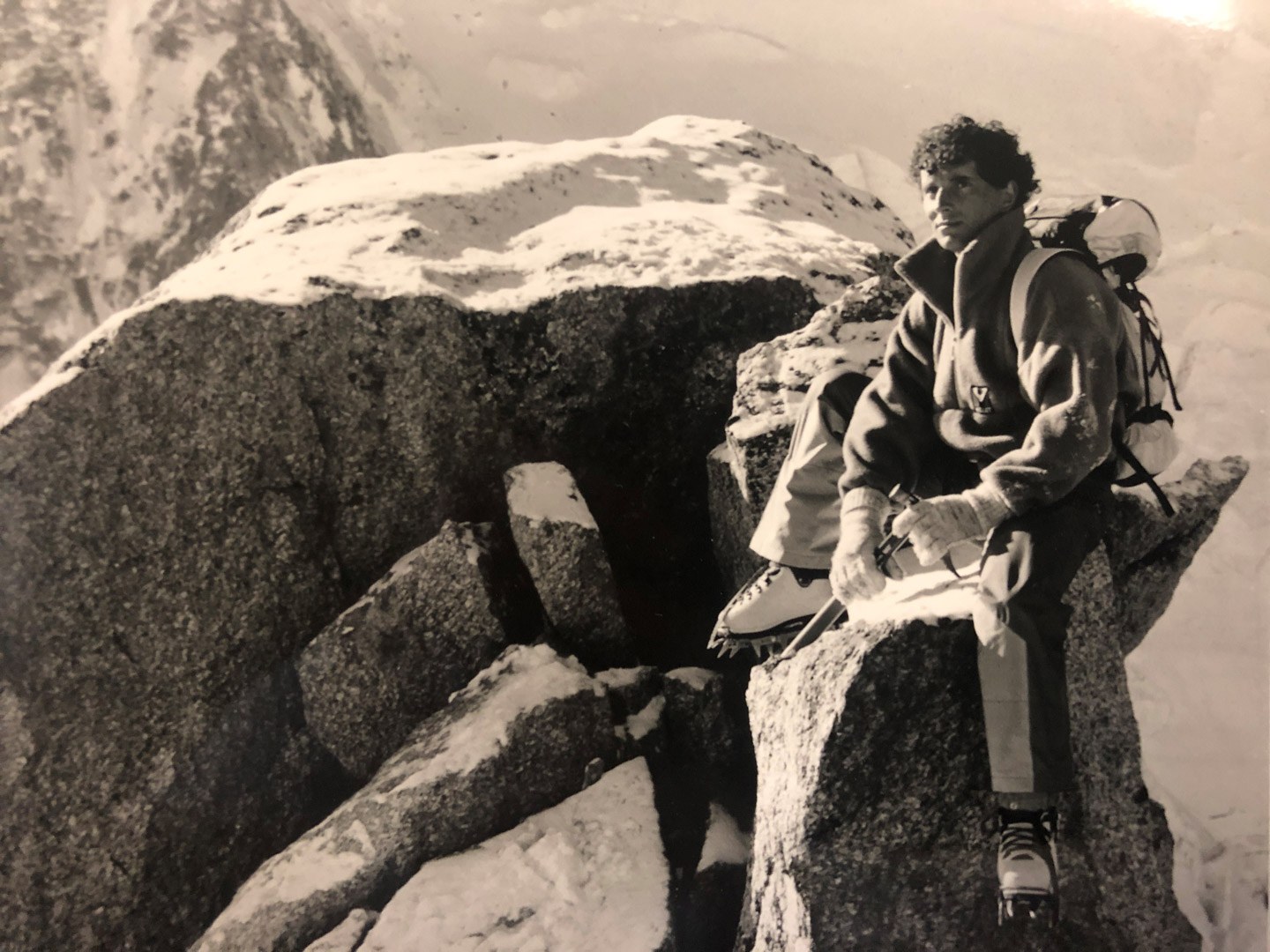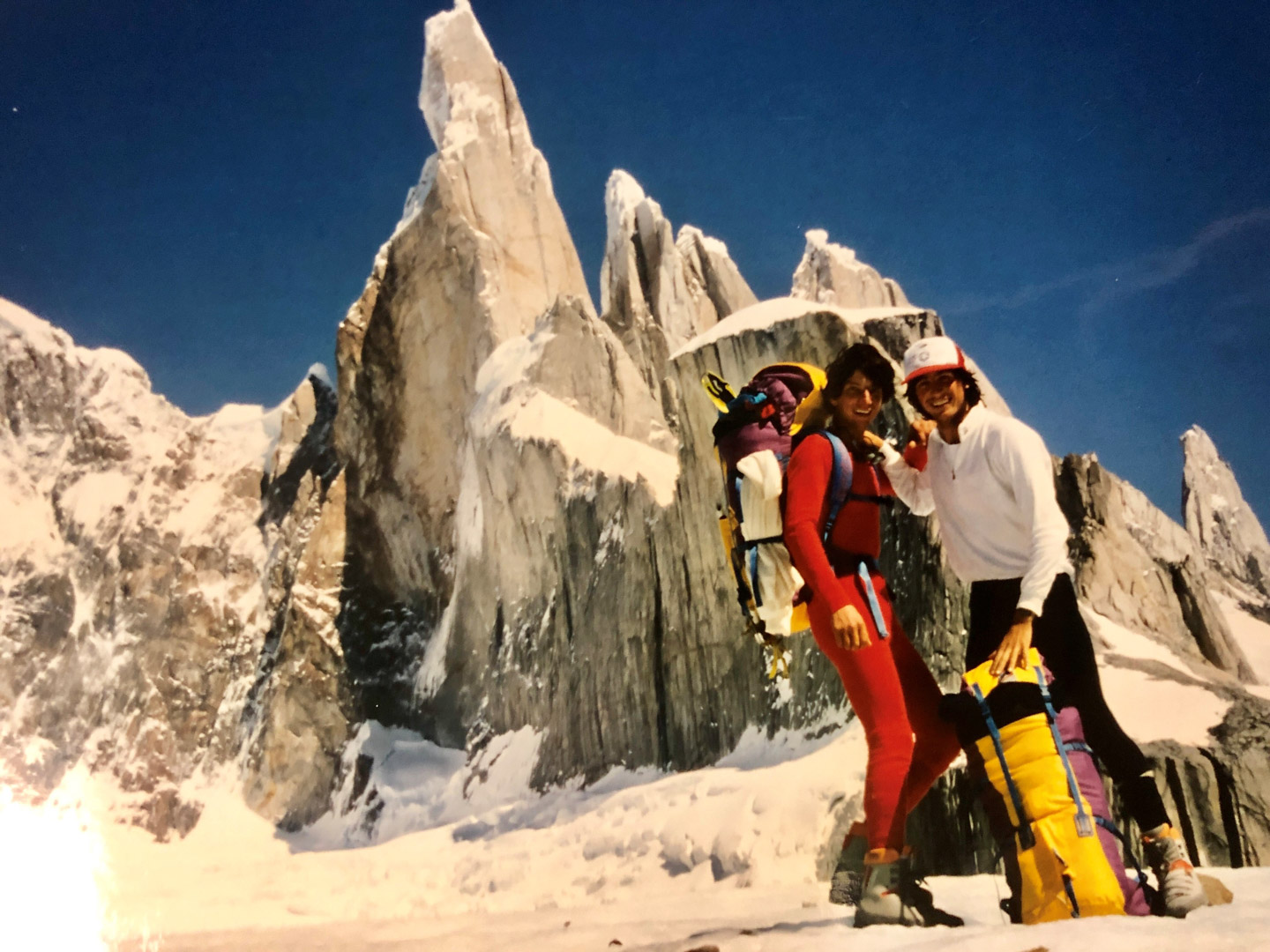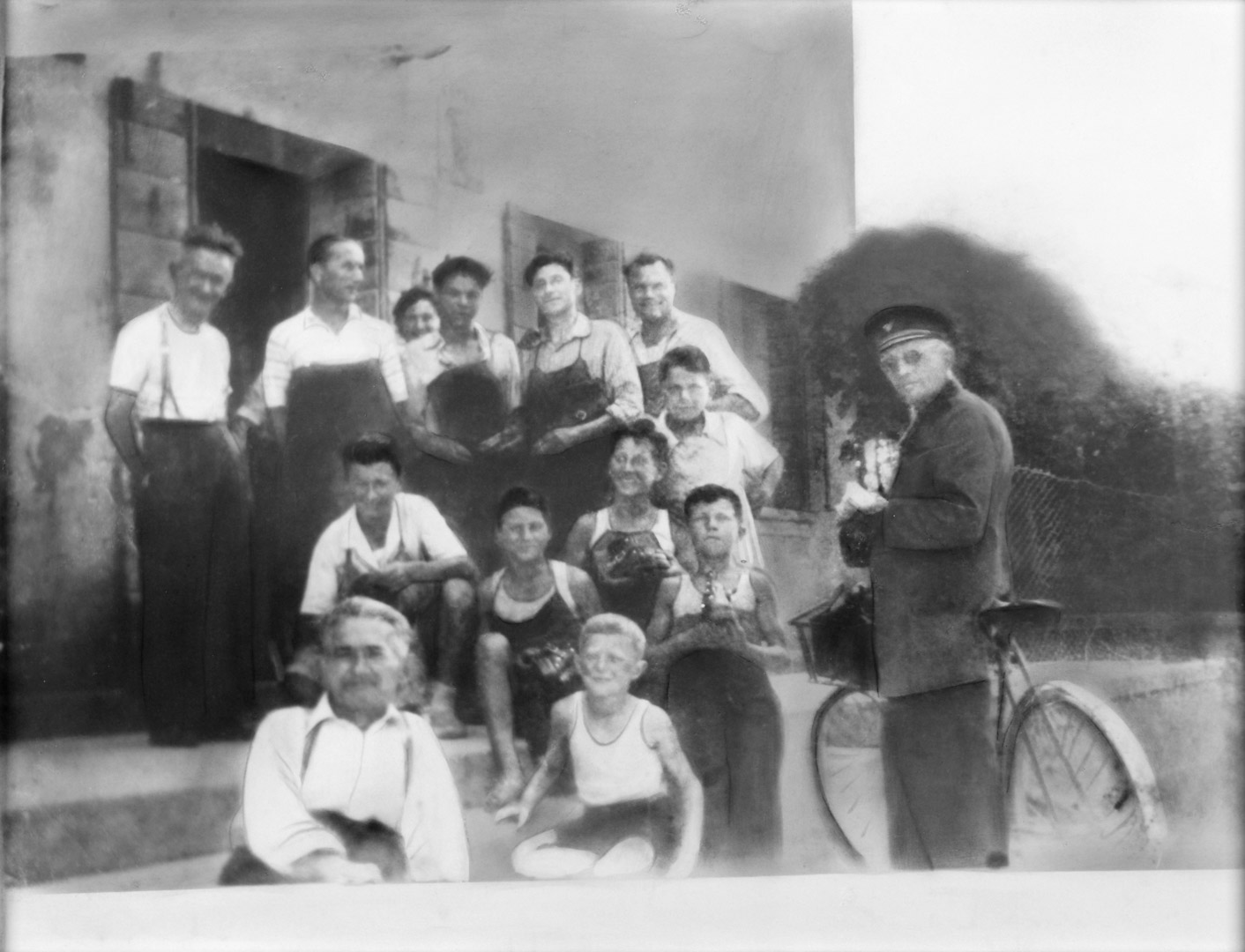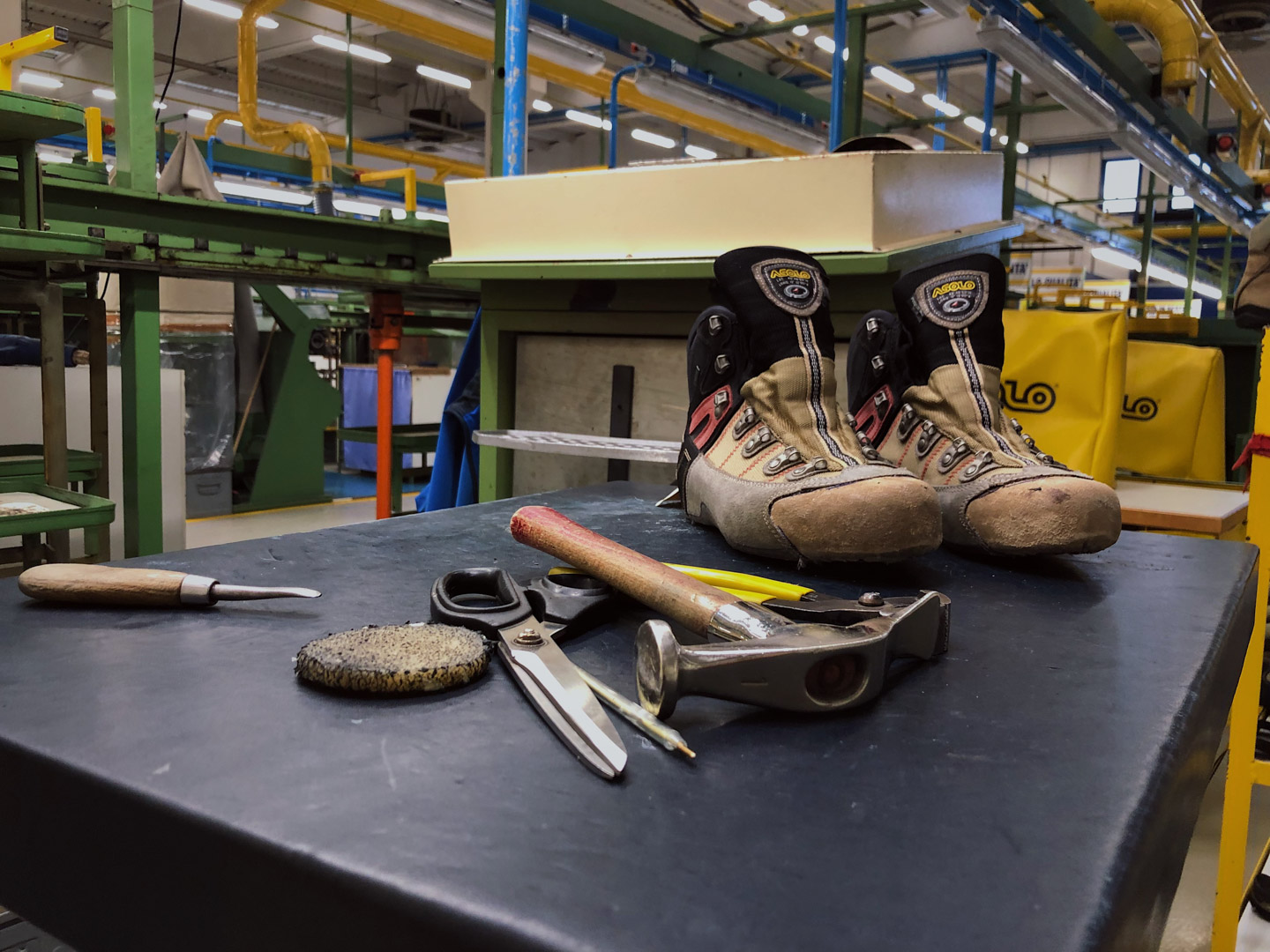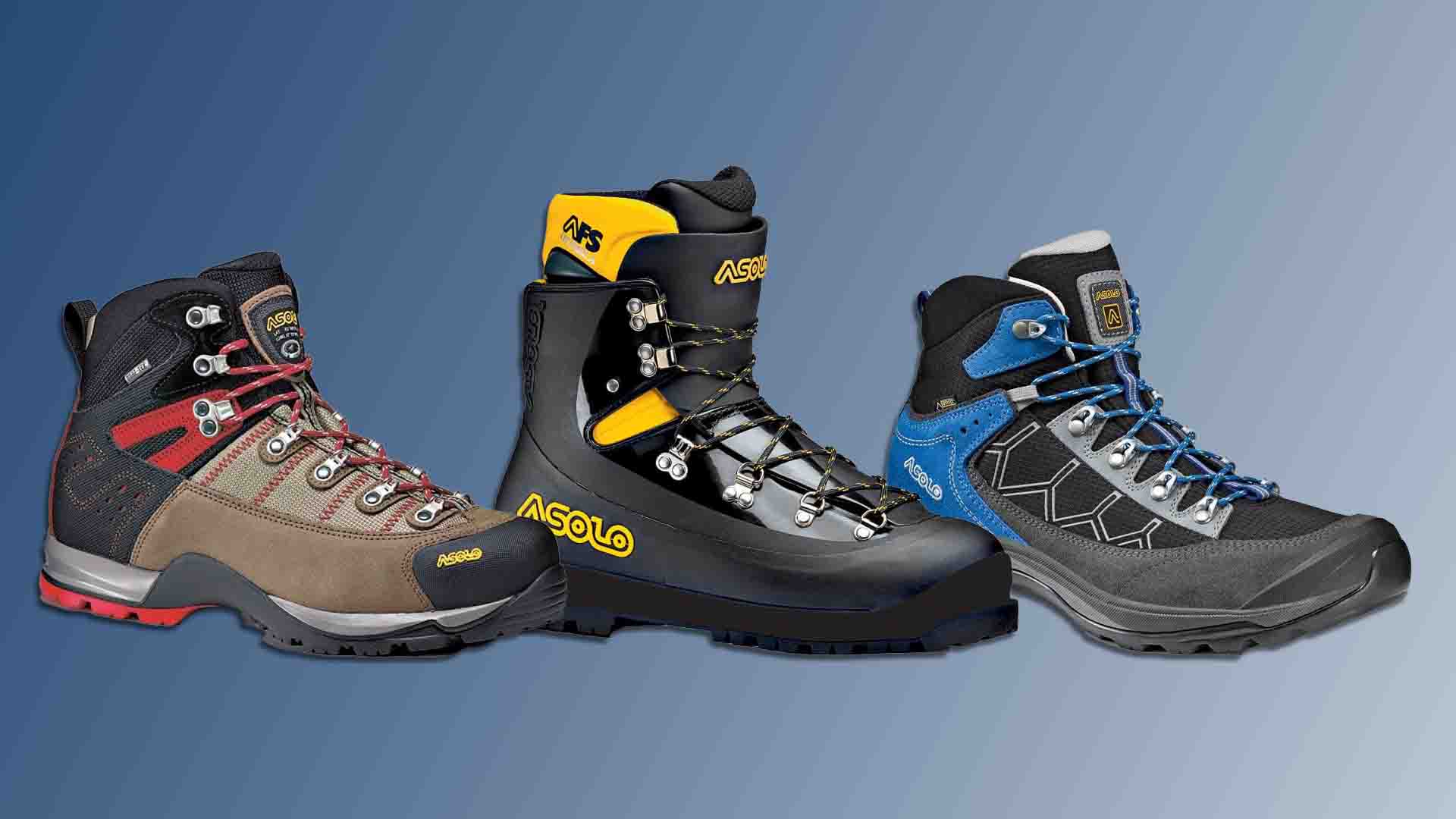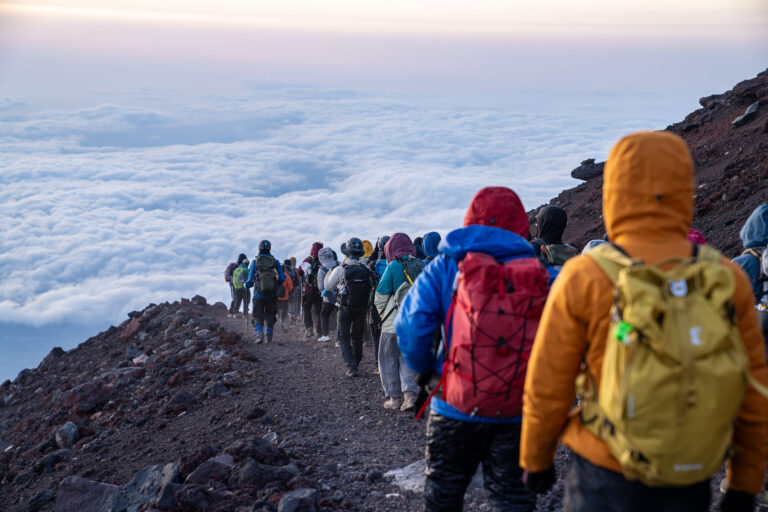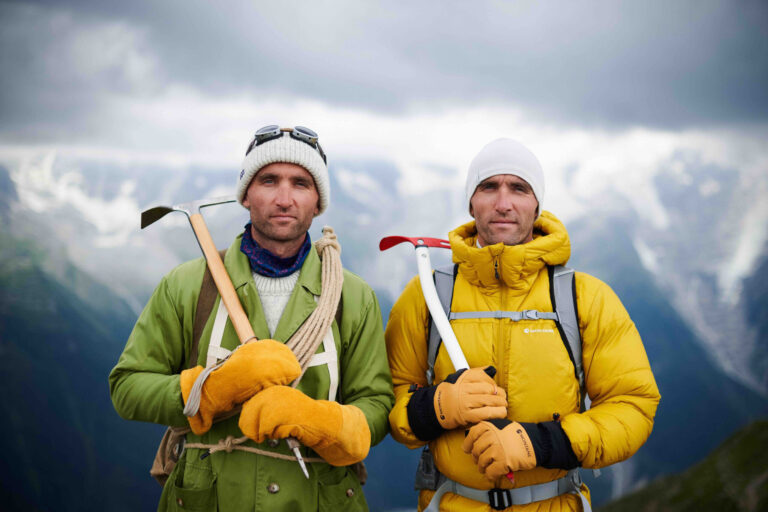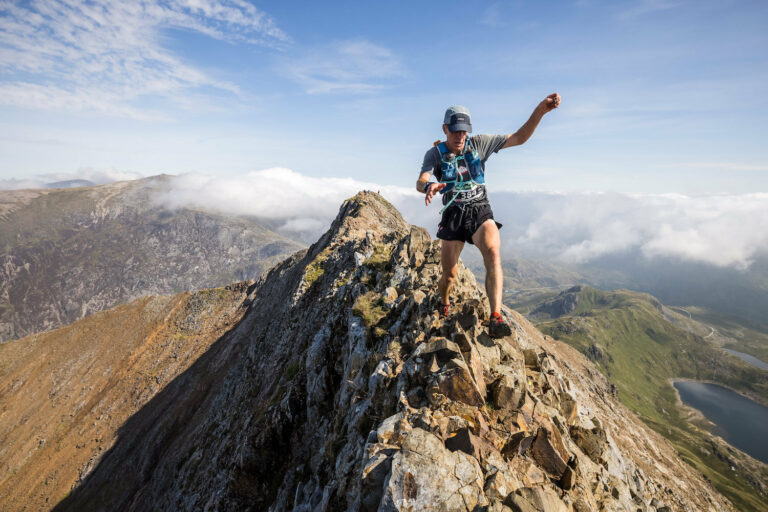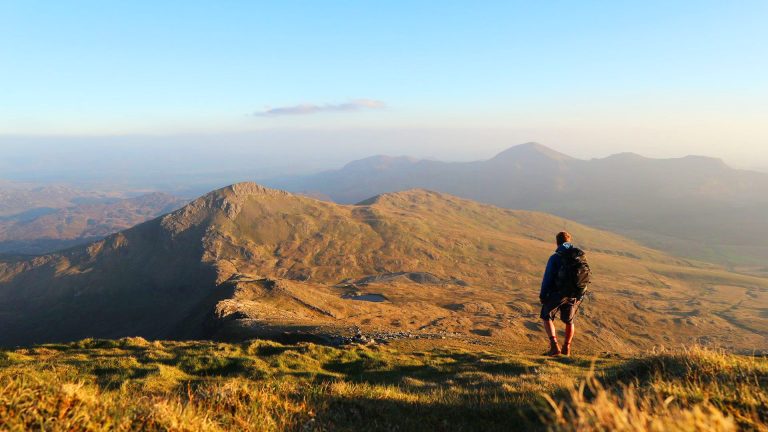If you’ve ever laced up a pair of Asolo boots, you’ll know they feel a little different; supportive, sturdy and designed to properly accommodate the anatomy of the human foot. That mix of comfort and technical performance isn’t an accident. It’s the result of almost 50 years of innovation, all rooted in a small corner of northern Italy.
“Asolo is based in Montebelluna in the town it is named after – not far from Venice,” explains managing director Luca Zanatta. “It’s an area with an incredible heritage in footwear. Scarpa, Garmont, Tecnica – all the big outdoor brands are here.”
Related: Asolo Traverse GV Reviewed
The brand was born in 1975, when a man called Giancarlo Tanzi decided to rethink what a hiking boot could be. At the time, trekking boots were all heavy leather. Tanzi’s idea was to combine leather with tough synthetic fabric, Cordura, to create something much lighter but still durable. That one move effectively invented the modern hiking boot. He didn’t stop there either – Asolo went on to launch the first plastic mountaineering boot and later, the first plastic telemark ski boot.
But like many outdoor companies, Asolo went through ups and downs. In the 1990s it was sold to the Benetton group, better known for fashion than mountains, and the brand’s identity started to drift. In 1998, the Zanatta family – shoemakers for four generations – stepped in. “When we took over, it was basically just a name,” says Luca. “No factory, no structure. We had to start from scratch.”
Family Business
The Zanattas aren’t just business owners, they’re bootmakers through and through. Luca’s grandfather opened a small cobbler’s shop in the 1940s, and his father went on to co-found Tecnica Group, now one of the biggest ski and outdoor companies in the world. Today, Luca runs Asolo alongside his brother and sister. Even their children are now involved in sales, design and production. And Luca’s father, at 93 years old, still pops into the office most days.

